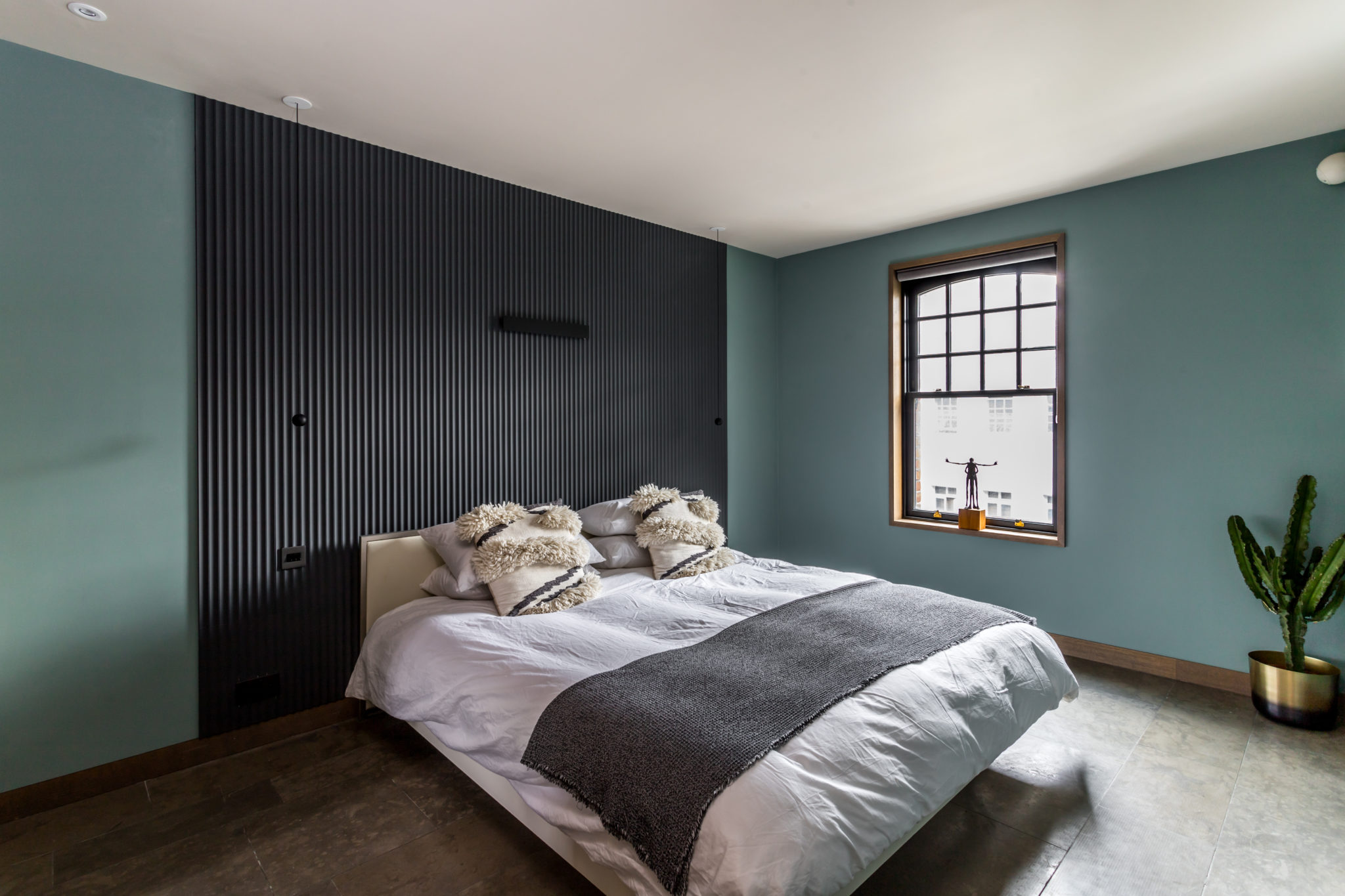Advice & Tips on Wall Panelling
Wall panelling has been one of the biggest décor trends we’ve seen in 2021. Simplistic, yet incredibly impactful, panels can add depth, character and interest to any space. Functional as well as decorative, they also provide insulation and sound-proofing for rooms.

HUX London
Style
Determining the overall aesthetic for your home can be a good first step when deciding on the style of wall panelling. Elaborate and grand design panels are ideal for traditional settings, whereas geometric style panels can enhance a contemporary home. Other styles include:
Square/ Shaker Style
These panels create instant texture – great on a feature wall, behind a sofa or bed. Can be achieved using strips of MDF or use ready made panels of various designs and styles from manufacturers. Make sure you design around switches, sockets and any wall lighting – you want these in the middle of a panel and not on the raised sides. Colour coordinate the sockets and switches with your wall colour so they visually disappear.
Tongue & Groove
This style of panelling has lots of versatility in houses. Use to fully clad or part clad a room or feature wall. Go half height on a feature wall, and incorporate a small shelf to display pictures. It can also be applied to the height of a typical dado rail for an instant rustic feel to a room, or full height for total country feel.
Beaded Style
Beaded panelling works really well in period houses or rooms with high ceilings. It looks wonderful when applied by the staircase, positioned below a dado rail for added texture. The beading can be bought easily from builders merchants and attached using nails, filled and then painted. This can either be the same colour as the wall or joinery or a different tone for variation. This style can also be paired with shaker style panels on furniture and doors for extra interest.
Besides the style, the material the panelling is made from is also an important aspect to discuss with your client. Wood panels are a popular choice, and works well with Scandi and rustic interior. For a sleek and modern look, MDF is a great option that’s also cost efficient.

Orac Décor
Considerations & Inspirations
Before installation takes place, any issues with the walls, such as damp or flaking plaster, need to be fixed before panelling. Applying panelling can sometimes be a DIY project, but it’s advisable for clients to connect with local joiners/contractors to ensure it’s installed correctly. There are a selection of informative videos and manuals by Orac Décor on how to apply wall mouldings and panelling.
Recommended suppliers and joiners include:
There are lots of ways that panelling can be applied, such as along the stairs or as a feature wall. Other tips and inspiration include using panelling in place of a headboard, opting to only panel the bottom half to create the illusion of a bigger space, and using them as an alternative to tiles. The latter can be very cost-effective, as well as easier to install and maintain. Shower wall panels in particular can provide a flawless finish; they’re waterproof and considerably more hygienic than tiles due to there being no grout lines. They can even be installed over existing tiles, as long as the they are level.

The Wood Veneer Hub – Acupanel® Contemporary Smoked Oak Acoustic Wood Wall Panels
